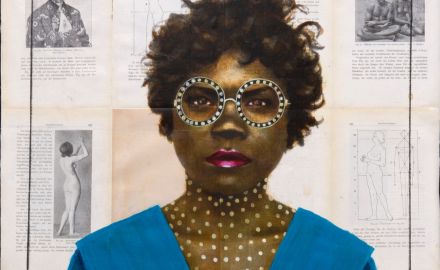Ashanti in Warsaw. The Concepts of „Blackness” in Polish Society at the Turn of the 20th Century – A Contribution to Polish Colonial History
Ashanti in Warsaw. The Concepts of „Blackness” in Polish Society at the Turn of the 20th Century – A Contribution to Polish Colonial History
Author(s): Agata ŁukszaContributor(s): Arthur Barys (Translator)
Subject(s): Fine Arts / Performing Arts
Published by: Widok. Fundacja Kultury Wizualnej
Keywords: Ashanti; colonialism; ethnographic shows; race; Warsaw
Summary/Abstract: The author recognizes Włodzimierz Perzyński’s comedy Aszantka as a meaningful remnant of „blackness” in the history of Polish theatre, and therefore she uses it as a point of entrance into a broader inquiry about the entanglement of Polish society into European colonial project, and the ideas, values, and cultural practices it entailed. That is why in the article the author attempts to reconstruct possible concepts and images of “blackness” which Warsaw dwellers might have shared at the end of the 19th century by analysing the reception of the performances of alleged representatives of Ashanti people in the Warsaw circus in 1888. From “Ashanti” performances on, the popularity of this type of entertainment – so called ethnographic shows or human zoos – grew in the colonized capital of the Kingdom of Poland. The author points to “savageness” and “nakedness” as constitutive traits of “blackness” which she understands as a specific human condition, experienced both by overseas colonized societies as well as subaltern social groups (to which “Aszantka” from Perzyński’s comedy belonged) in European societies.
Journal: Widok. Teorie i Praktyki Kultury Wizualnej
- Issue Year: 2021
- Issue No: 29
- Page Range: 113-138
- Page Count: 25
- Language: English

